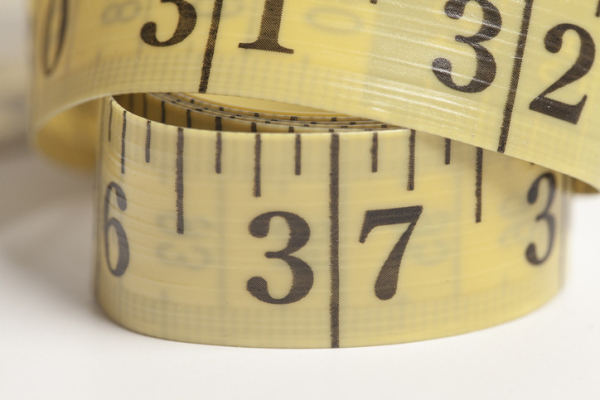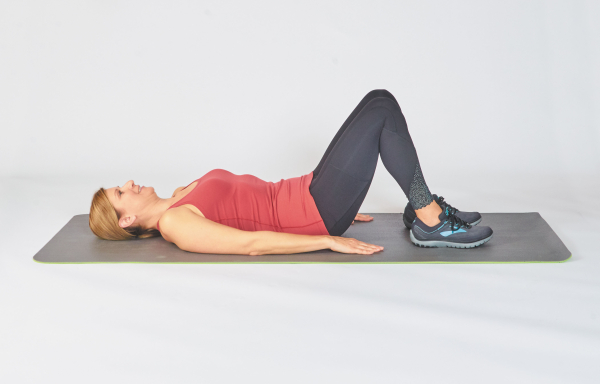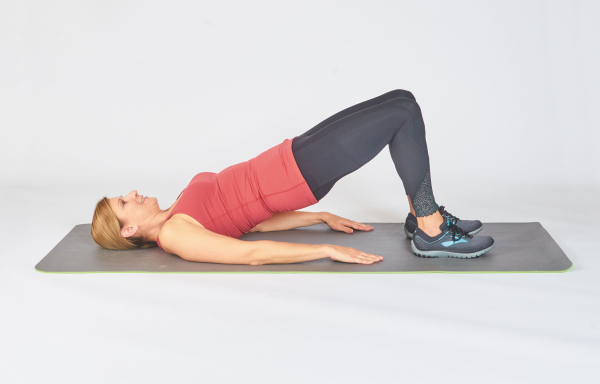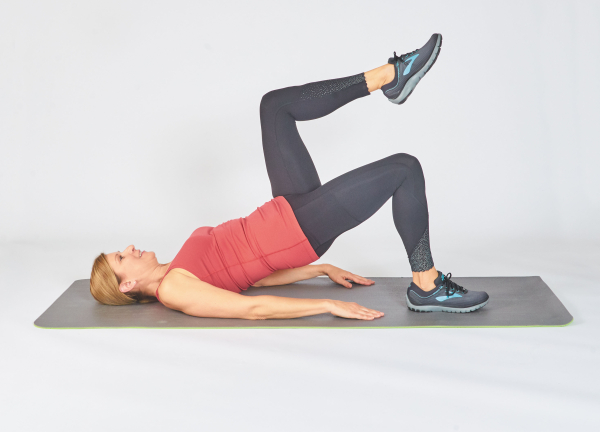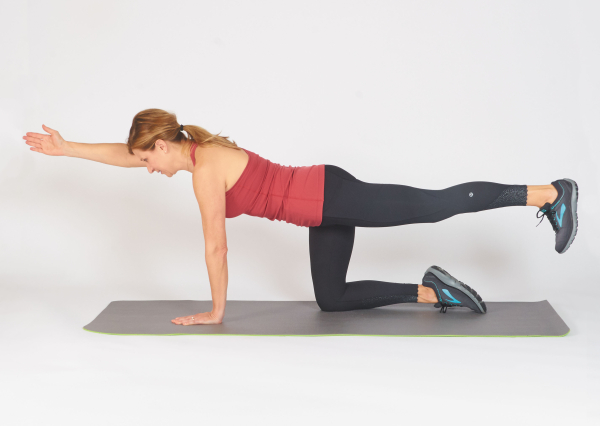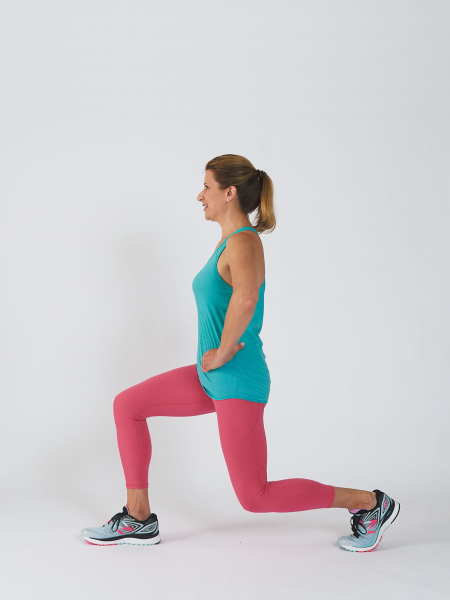
Inflammatory bowel disease (IBD) is commonly diagnosed when people are in their 20s and 30s, which is also when many people are planning families. Many people who have been diagnosed with IBD (which includes Crohn’s disease and ulcerative colitis) have questions and concerns regarding their fertility, conception, pregnancy, delivery, and breastfeeding.
Thinking about conceiving a child or becoming pregnant?
It is important to make sure that your IBD is well controlled, ideally before you begin trying to have a biological child. This is equally important for patients with male and female reproductive anatomy.
Patients with female reproductive anatomy who conceive in remission tend to remain in remission throughout their pregnancy. Research shows that poorly controlled IBD can lead to decreased fertility, and pregnancy can be complicated by premature loss, preterm labor, low birthweight, and small for gestational age babies.
You may require blood work, imaging, or endoscopy prior to conception to get an idea of whether you have an actively inflamed bowel before pregnancy. Your doctor may also modify your medications to ensure that your disease is as well controlled as possible.
You will require care from different types of health care providers during pregnancy, in addition to a gastroenterologist with expertise in IBD. Depending on the history and severity of your IBD, you may benefit from having a high-risk maternal fetal OB/GYN, colorectal surgeon, pharmacist, IBD nurse, psychologist, or nutritionist as part of your care team.
What should I do before I start trying to conceive or become pregnant?
It is recommended to take a prenatal vitamin and/or folic acid supplement. Vitamin D deficiency is common in IBD, and if your levels are low your doctor may recommend supplementation. It is also important to be up to date on your vaccines and review your medication list with your doctor.
Will I need to change my treatment before conception or pregnancy?
Many IBD medications have favorable safety profiles during conception and pregnancy. However, there are some medications that may impact fertility (such as by decreasing sperm count) or that may be unsafe to continue during pregnancy. For example, it is generally recommended to stop taking the drug methotrexate three months before conception.
As newer drugs are developed, research about the safety of IBD treatments continues. It is important to discuss your medications and any concerns you may have during the pregnancy planning period.
How will I be monitored during pregnancy?
Your gastroenterologist will carefully monitor your symptoms during preconception, pregnancy, and postpartum. You may be asked to provide stool samples to assess fecal calprotectin levels (a marker of inflammation measured in the stool), which can help your doctor monitor IBD activity prior to conception and during each trimester of your pregnancy.
Drug levels of certain IBD medications may be monitored via blood work as well, to ensure proper medication dosing. Monitoring and managing IBD throughout pregnancy is individualized for each patient, and the goal is to increase the chances of a healthy outcome for both you and your baby.
What if I have an IBD flare while pregnant?
During an IBD flare in pregnancy, the goal is to rapidly decrease inflammation and optimize an IBD treatment regimen in order to avoid complications for you and your and baby. This may involve drug level monitoring, adjusting medication dosage, or switching medication types. A short course of steroid medications may be needed in certain cases.
If your blood work indicates iron deficiency anemia (which can be caused by inflammation in the GI tract, but can also occur in pregnancy due to increased iron requirement for the baby), iron supplements, either oral or intravenous, can be used to improve blood counts.
What are my options for delivery?
Most people with IBD can deliver via their preferred method. The decision to have a vaginal or cesarean section delivery sometimes depends on a patient’s medical history. If a patient has Crohn’s disease and active perianal disease, a cesarean section may be recommended. This is because active perianal disease increases the risk of severe tears and trauma to the perineal area (area around the anus and vagina).
Patients with a history of steroid exposure and bone complications (like osteoporosis) may want to avoiding pushing during a vaginal delivery. A cesarean section may also be recommended if there are significant risk factors for injury to the perineal area, or an obstetric complication unrelated to Crohn’s or ulcerative colitis.
What happens after I give birth?
After delivery, it’s important to continue IBD medications. Approximately one-third patients will have an IBD flare within a year following delivery. Patients with poorly controlled IBD during the third trimester or while in de-escalation of therapy (reduction in medications) during or after pregnancy are at the highest risk for a postpartum flare. For this reason, it is important to maintain close follow-up with your IBD doctor during this time.
Can I breastfeed/chestfeed?
Breastfeeding/chestfeeding has many benefits for both the postpartum person and infant. Many IBD treatments have favorable safety profiles for breastfeeding/chestfeeding. Some newer biologic medications have not yet been studied well. Your doctor will discuss the risks and benefits of your individualized IBD treatment to ensure your regimen and breastfeeding goals are both optimized.
Will my baby have IBD?
While there is a genetic component to IBD, there is usually a low risk of IBD for biologic children of IBD patients. First-degree relatives (and in particular, siblings) of people with IBD do have an increased risk of Crohn’s disease and ulcerative colitis.
The bottom line
It is important to discuss family planning goals with your doctors early, so they can help you optimize your health and focus on achieving remission prior to conception. Fortunately, many IBD medications are considered safe and effective during conception, pregnancy, and postpartum. During pregnancy, proactive monitoring and early treatment of flares is essential. Every pregnancy is different, and close communication with your medical team is important to keep you and your developing baby healthy.
About the Authors

Loren Rabinowitz, MD, Contributor
Dr. Loren Rabinowitz is an instructor in medicine Beth Israel Deaconess Medical Center and Harvard Medical School, and an attending physician in the Inflammatory Bowel Disease Center at BIDMC. Her clinical research is focused on the … See Full Bio View all posts by Loren Rabinowitz, MD 
Nisa Desai, MD, Contributor
Dr. Nisa Desai is a practicing hospitalist physician at Beth Israel Deaconess Medical Center, and an instructor in medicine at Harvard Medical School. She completed undergraduate education at Northwestern University, followed by medical school at the … See Full Bio View all posts by Nisa Desai, MD

